Mexican Cartoon
- caricature /
- Mexican Cartoon
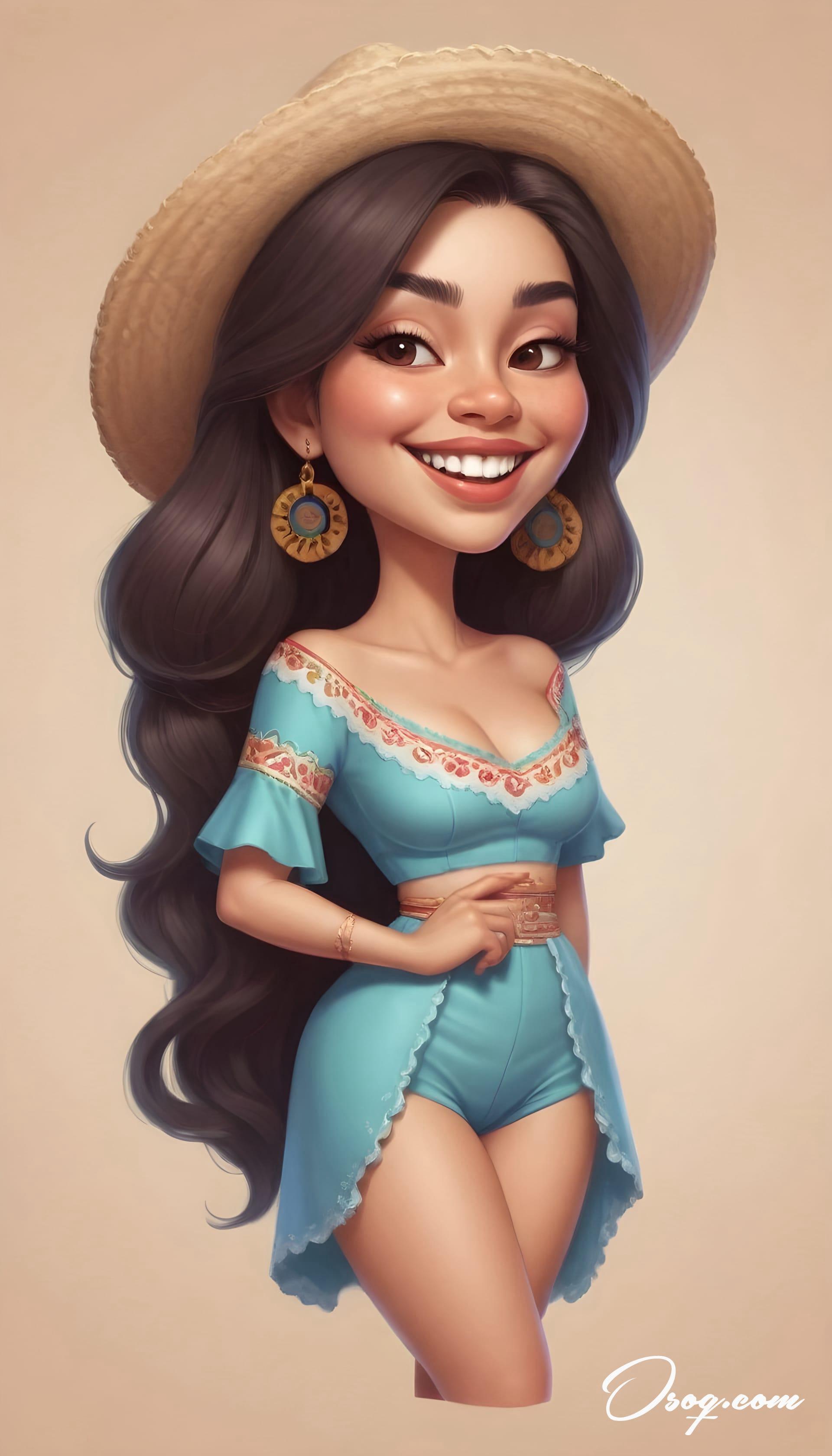
Mexican cartoons have a vibrant history, bursting with color and life. They offer a unique window into the culture, blending traditional elements with modern storytelling.

One of the earliest forms of Mexican cartoons can be traced back to political satire in newspapers. These illustrations were not only humorous but also packed a punch, commenting on society and politics.
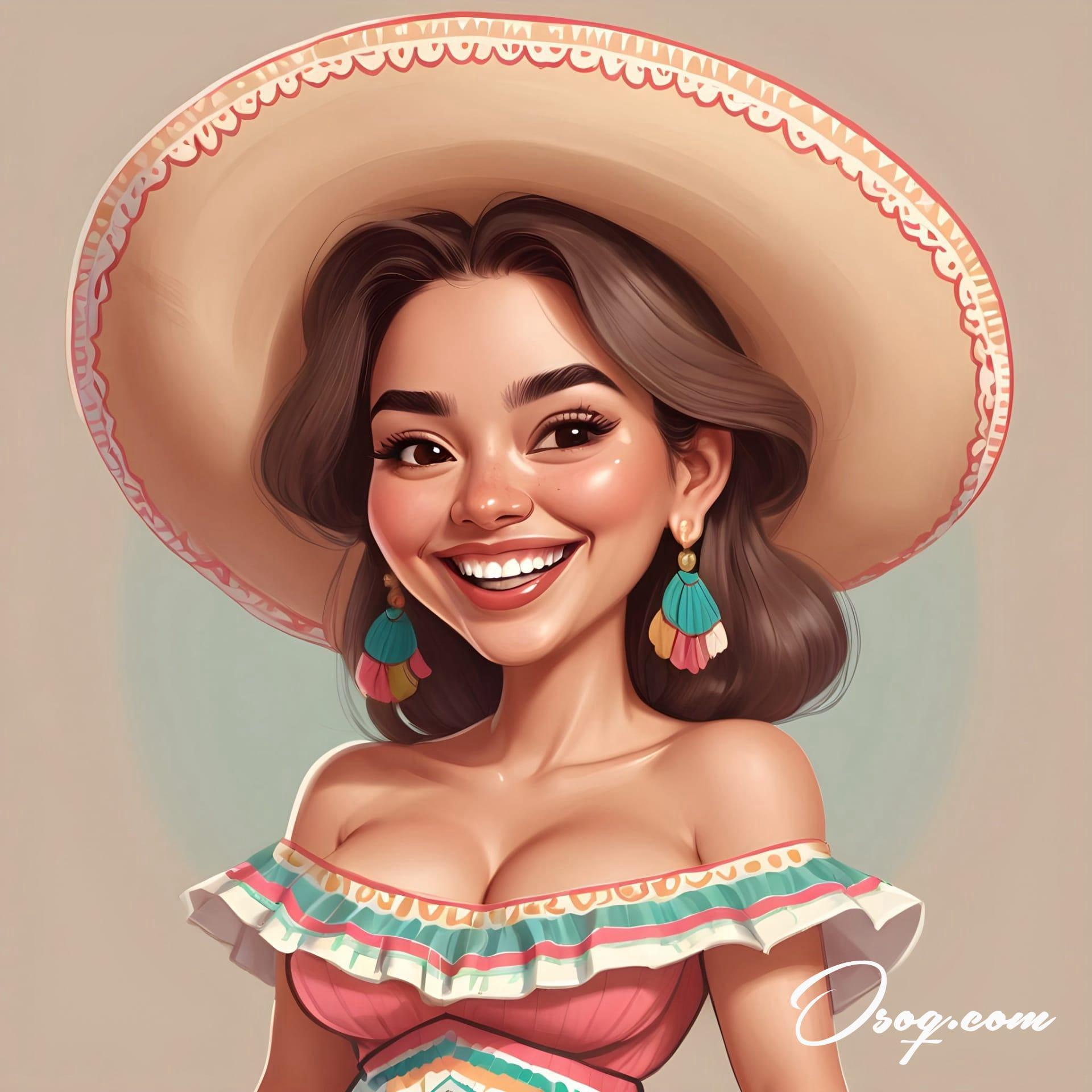
Folklore and legends play a significant role in the themes of many Mexican cartoons. Characters like "La Llorona" and "El Chupacabra" often make appearances, bringing traditional tales to a new audience.
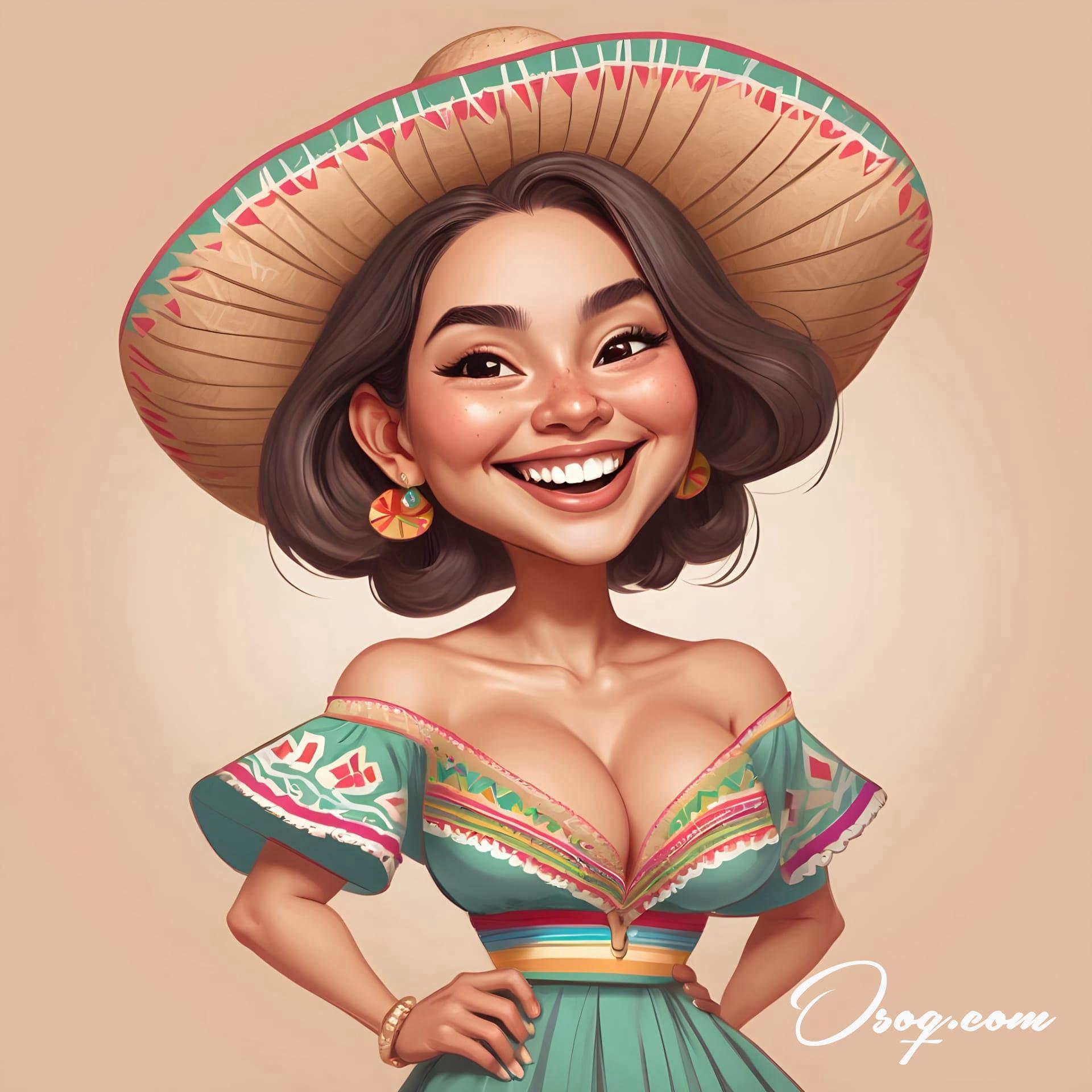
The Day of the Dead, or "Día de los Muertos," is a recurring theme in Mexican cartoon art. This celebration of life and death is depicted with vibrant colors, skulls, and marigolds, showcasing Mexico's unique approach to mortality.
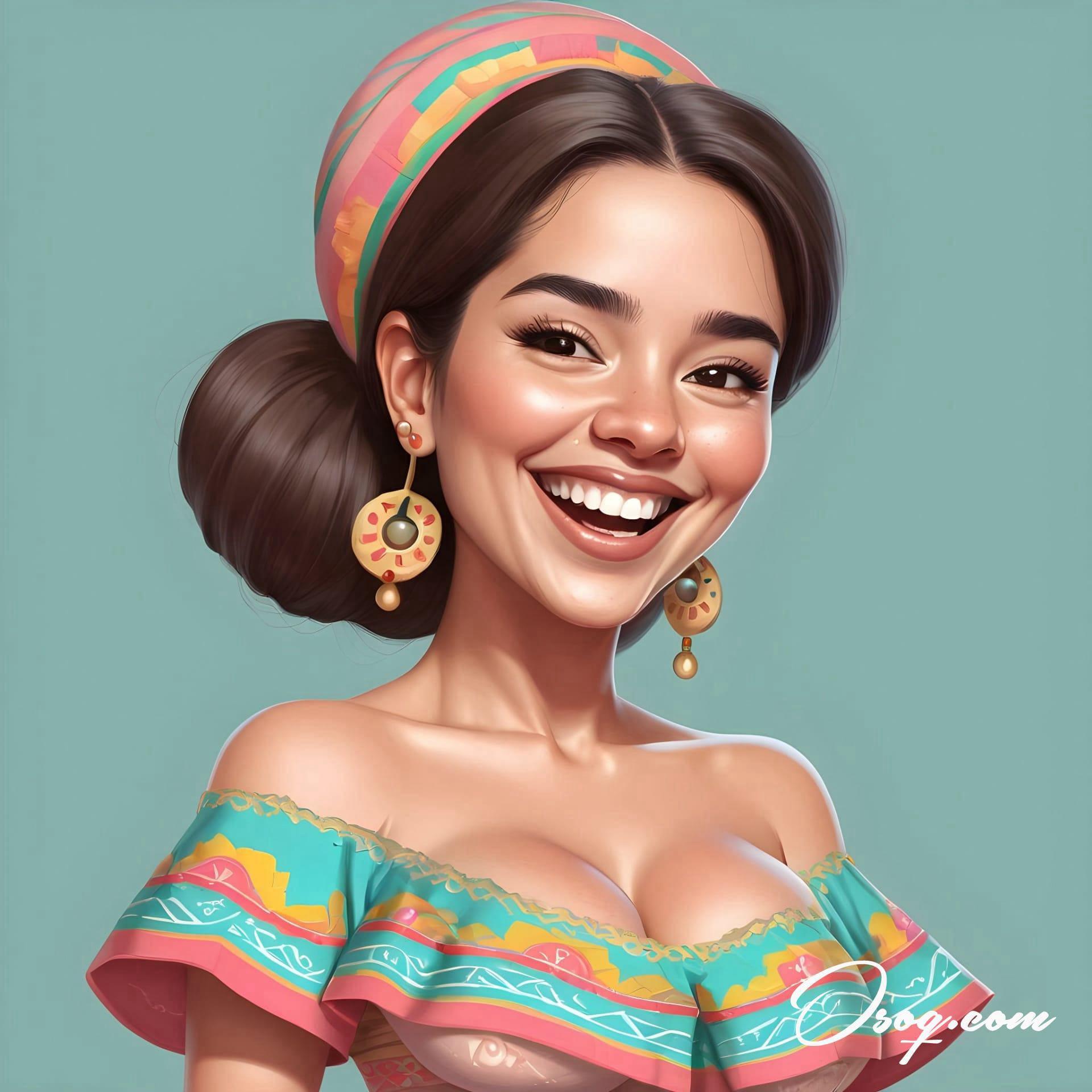
Lucha Libre, Mexican wrestling, has inspired its own genre of cartoons. These stories often feature masked wrestlers performing heroic feats, blending action and comedy.

Mexican cartoonists have been pioneers in using their art for social change, often addressing issues like poverty, corruption, and environmental concerns through their work.

In recent years, Mexican cartoons have gained international recognition, with several series being picked up by global streaming services. This has introduced Mexican storytelling and humor to a worldwide audience.
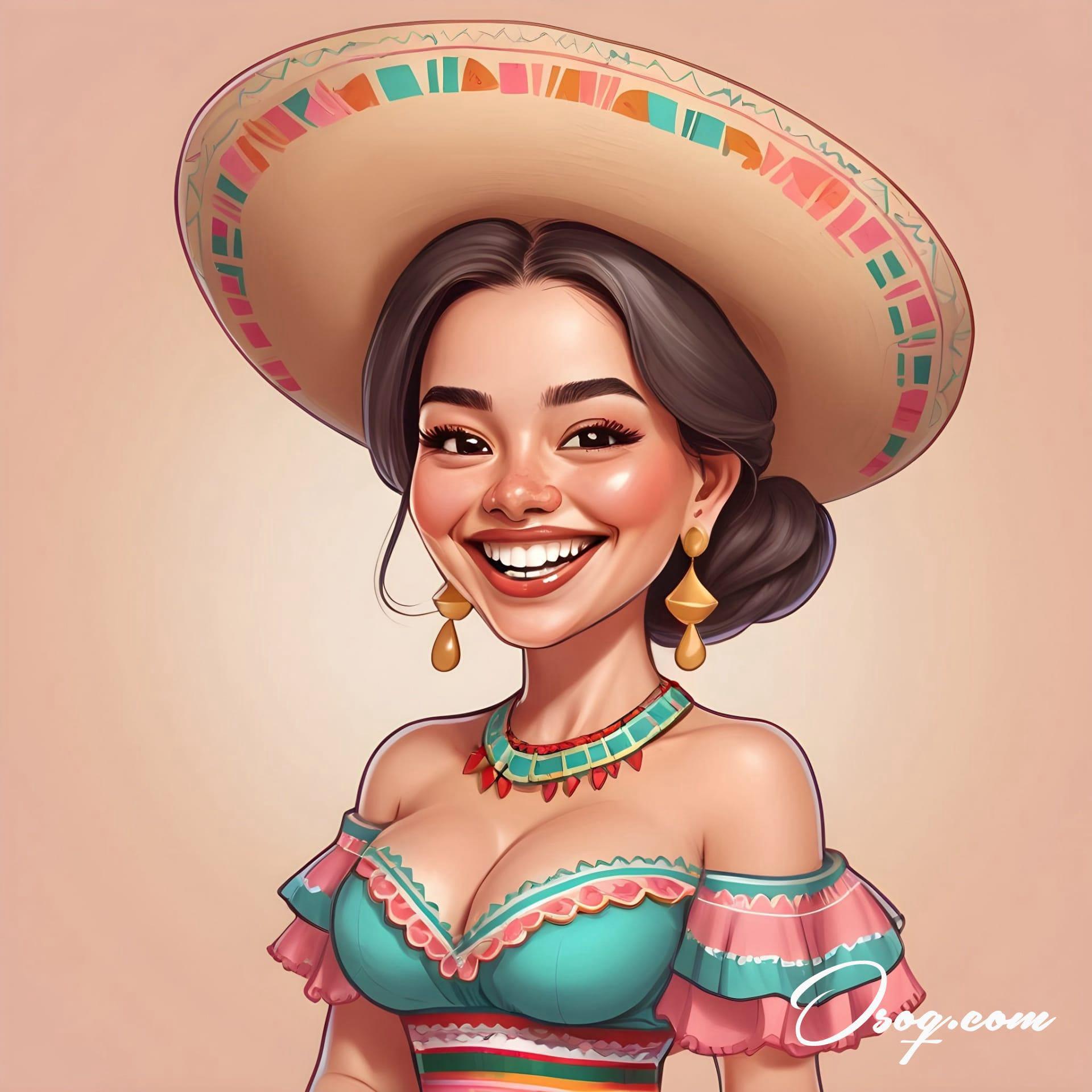
"El Santo," the legendary wrestler, became a cultural icon not just in wrestling but also in cartoons. His adventures fighting villains and monsters are a testament to his enduring legacy.
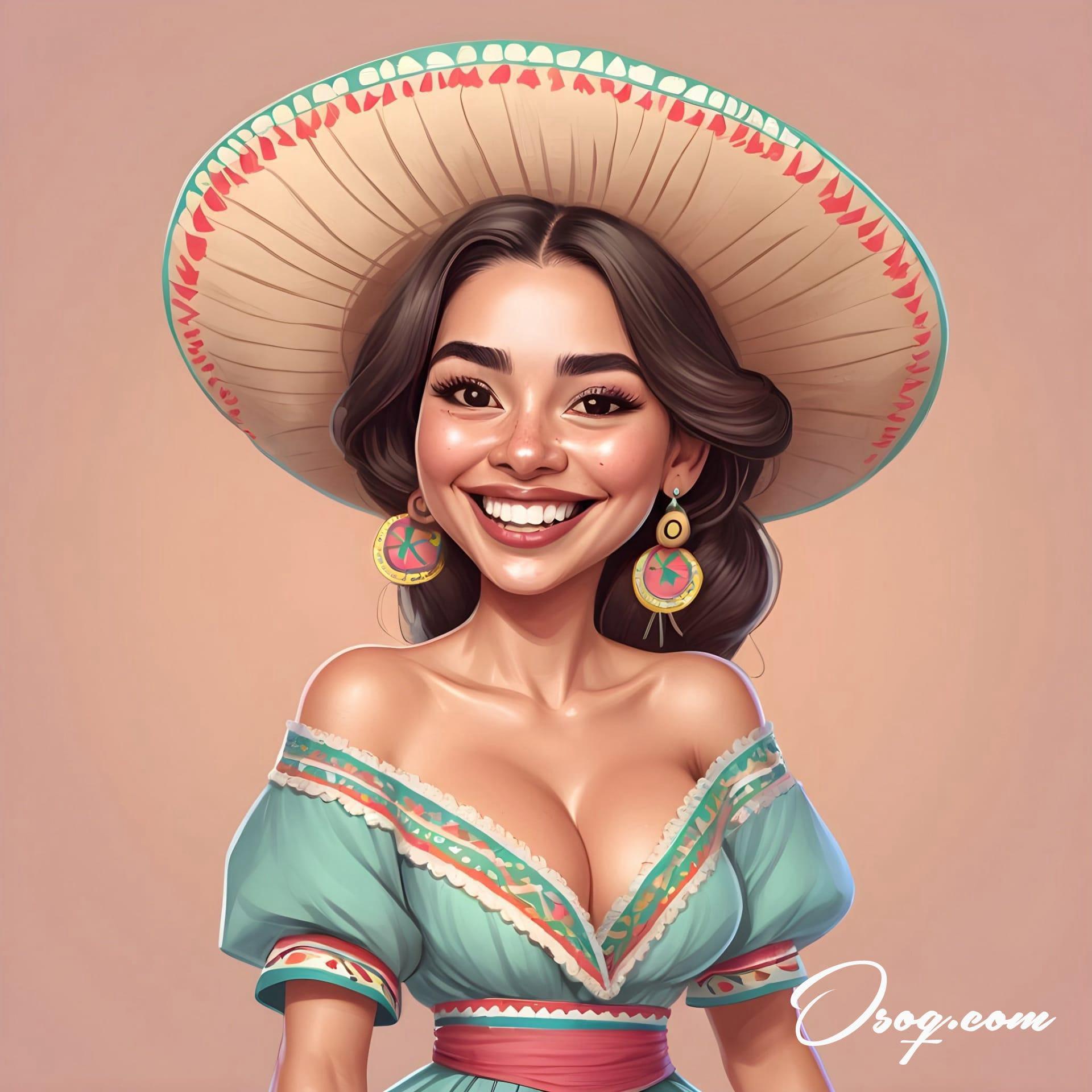
Mexican cartoons often feature a rich tapestry of characters, from mischievous animals to powerful ancient gods, reflecting the diverse mythology of the region.
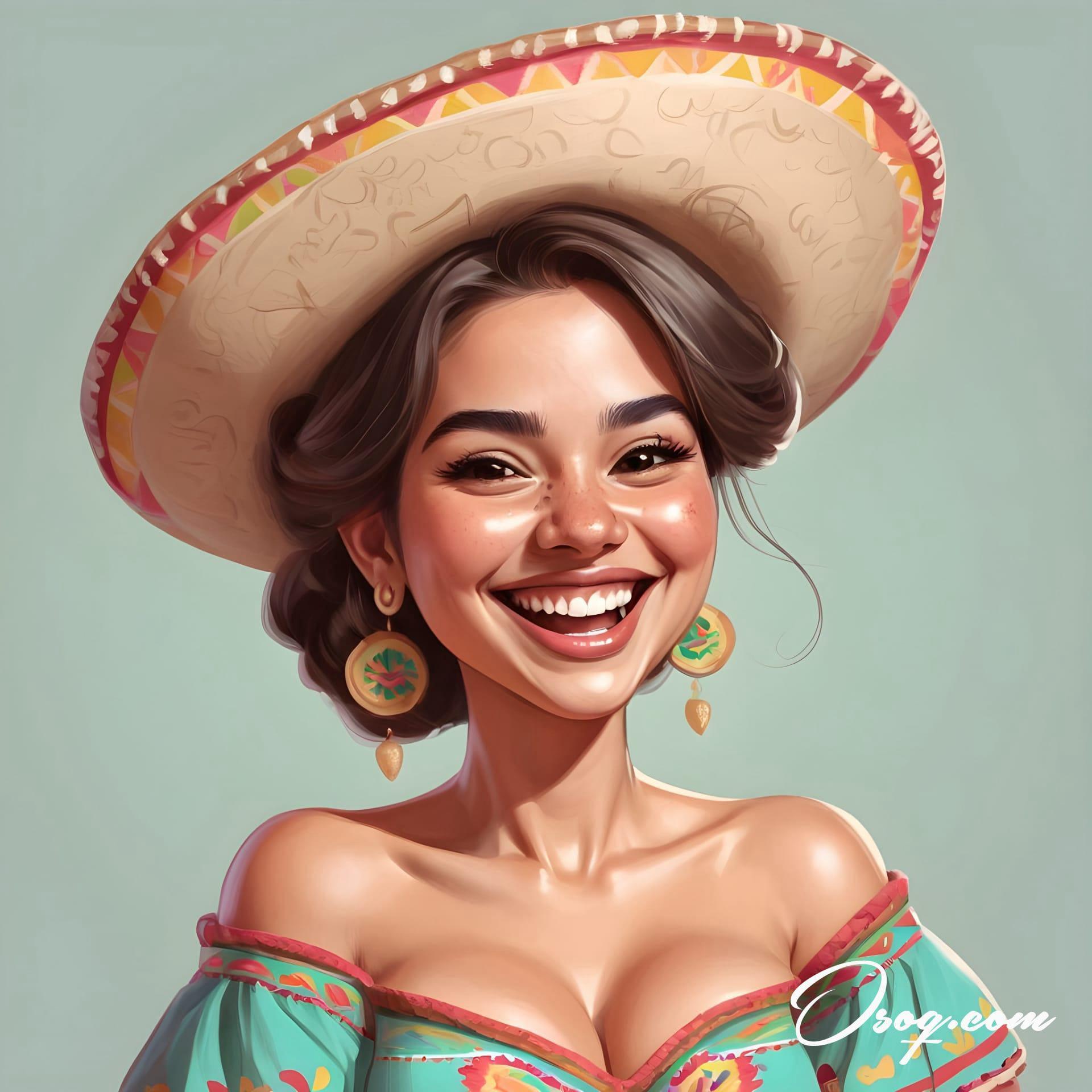
The influence of muralism, a movement led by artists like Diego Rivera, can be seen in the bold and expressive style of many Mexican cartoons, emphasizing social messages and national pride.

Humor is a cornerstone of Mexican cartoons, with a particular fondness for puns and wordplay. This linguistic creativity adds another layer of enjoyment for the audience.
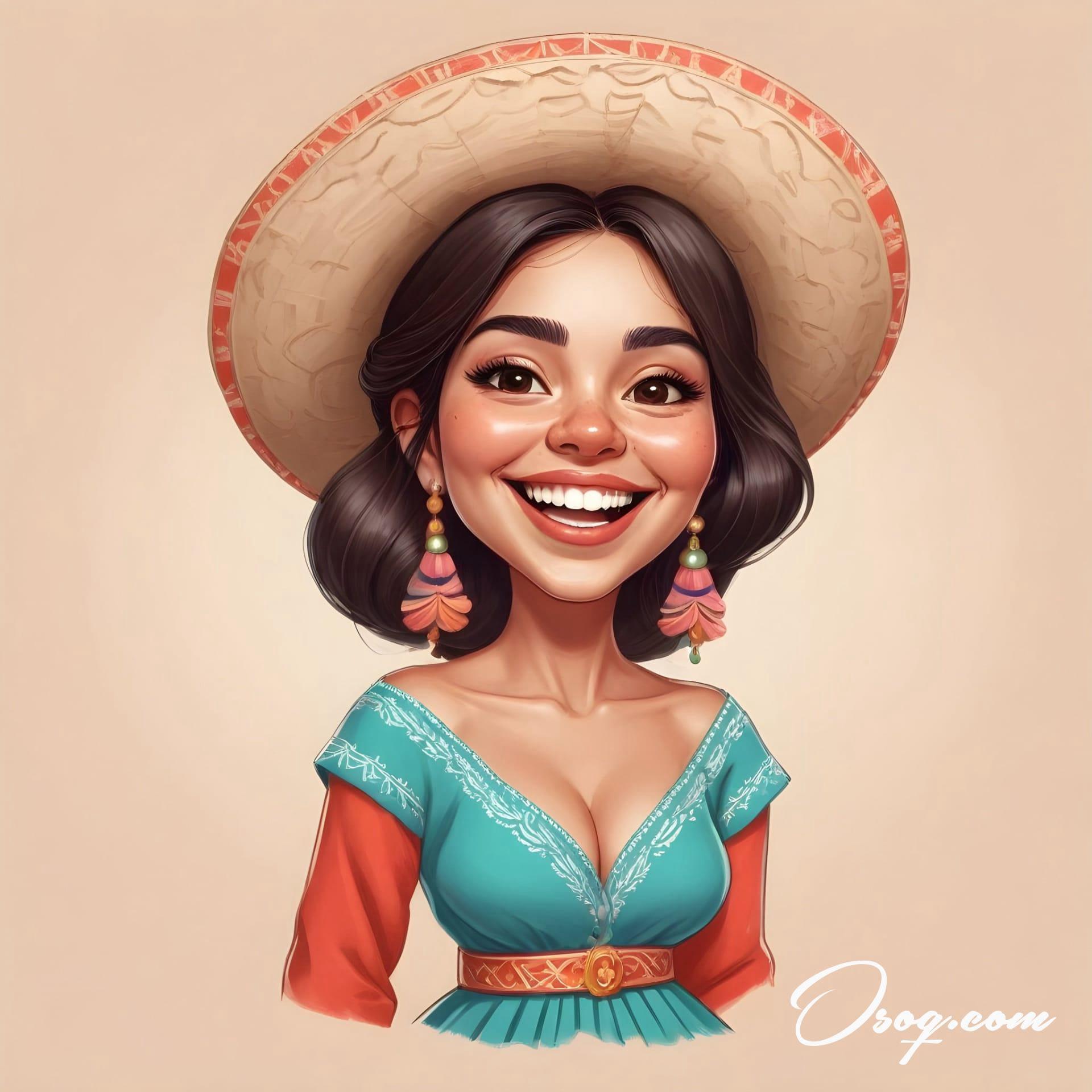
Family is a central theme in many Mexican cartoons, reflecting the strong family values prevalent in Mexican culture. Stories often revolve around family adventures, trials, and bonds.

Food, an integral part of Mexican culture, also makes frequent appearances in cartoons. It's not uncommon to see characters enjoying tacos, tamales, or other traditional dishes, celebrating the country's culinary heritage.

Mexican cartoons have a unique aesthetic, often characterized by bright, saturated colors and stylized figures. This visual style is instantly recognizable and deeply connected to the nation's artistic traditions.
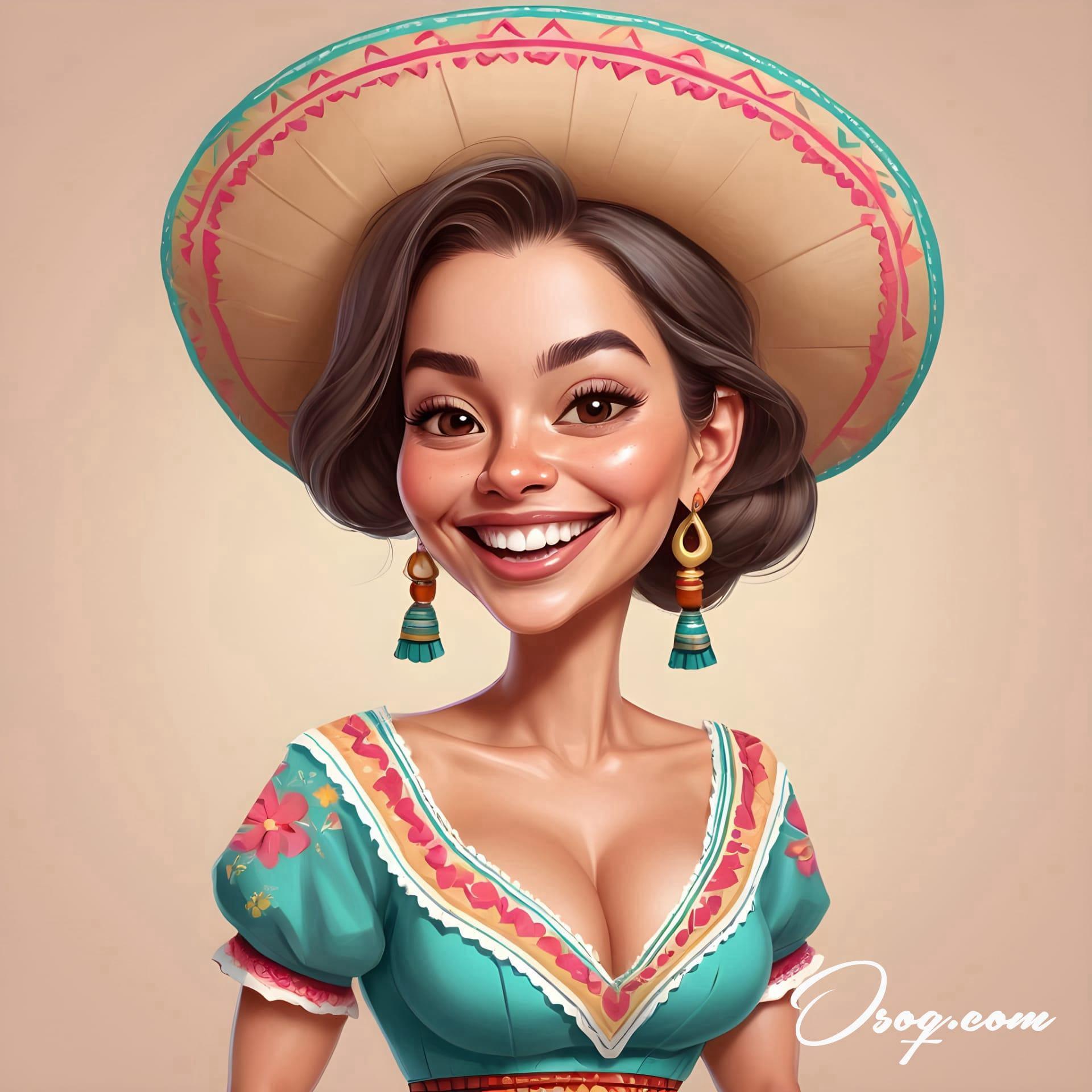
The blending of the supernatural with the everyday is a common theme, where magical elements are part of characters' daily lives, illustrating the Mexican concept of magical realism.
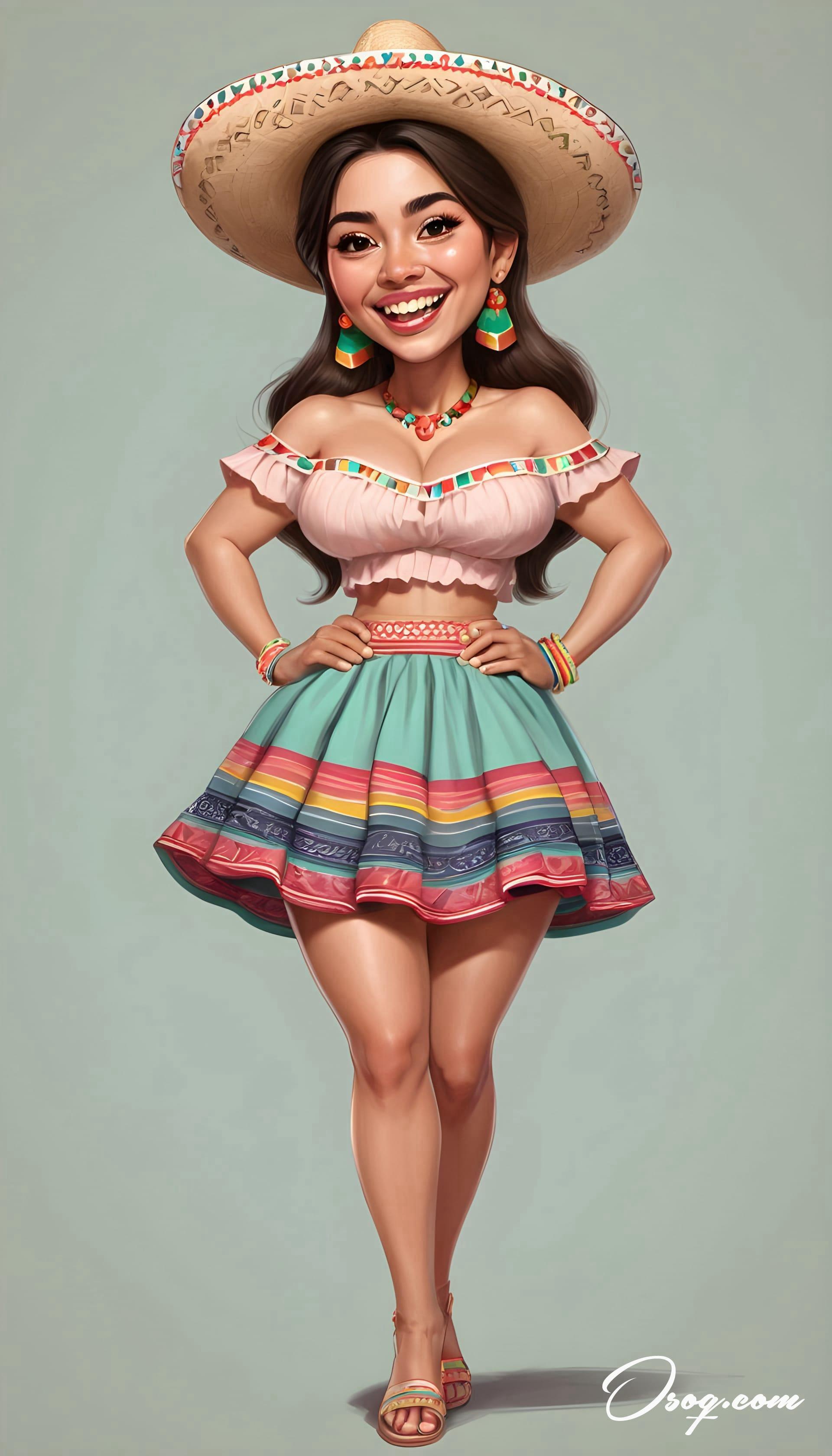
Education through entertainment is another aspect where Mexican cartoons excel. Many series are designed to teach children about history, ethics, and the environment in an engaging way.
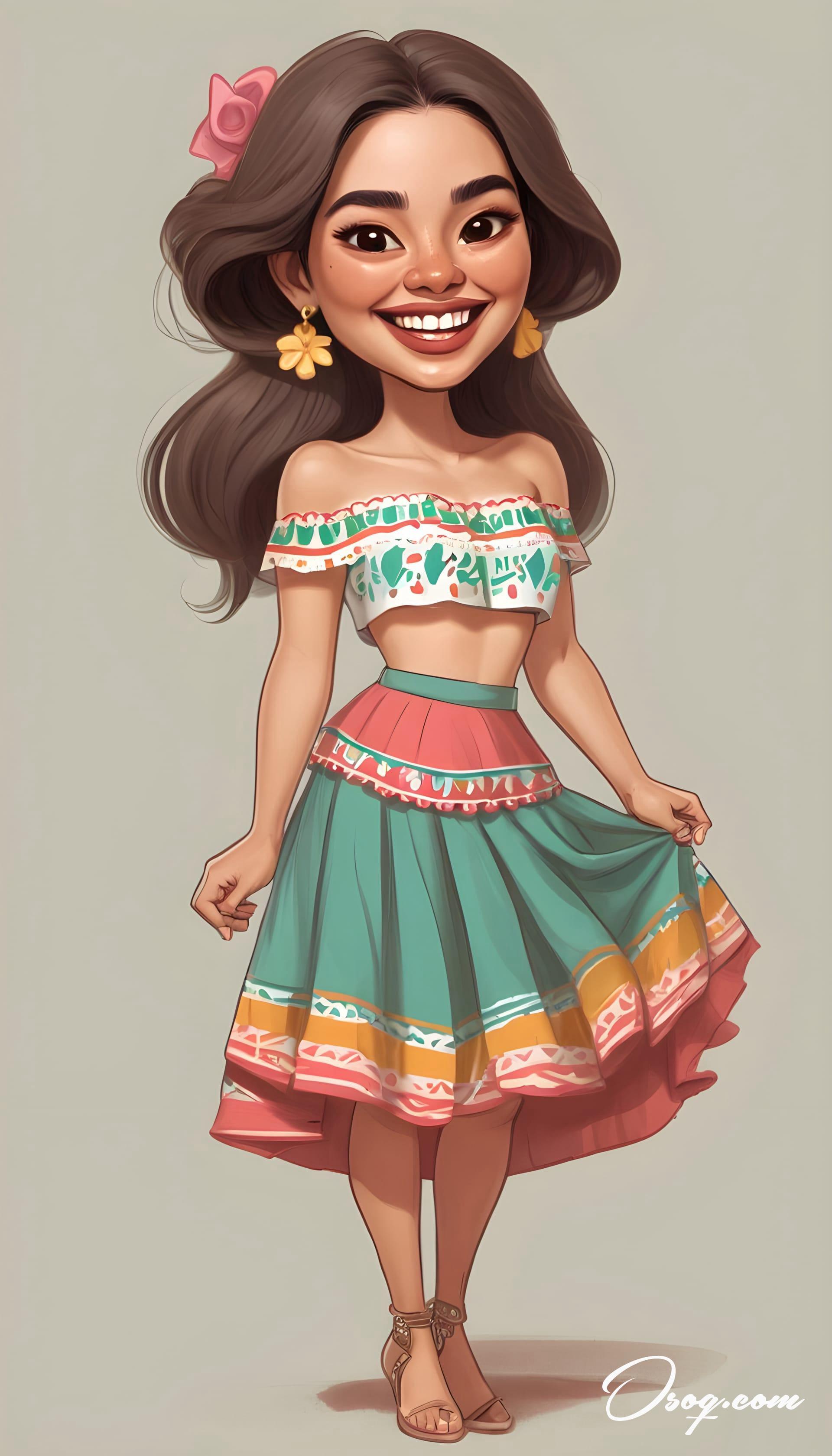
The tradition of "La Catrina," a stylish skeleton lady, is popular in Mexican cartoon imagery, especially during Día de los Muertos. She symbolizes the playful acknowledgment of death in Mexican culture.
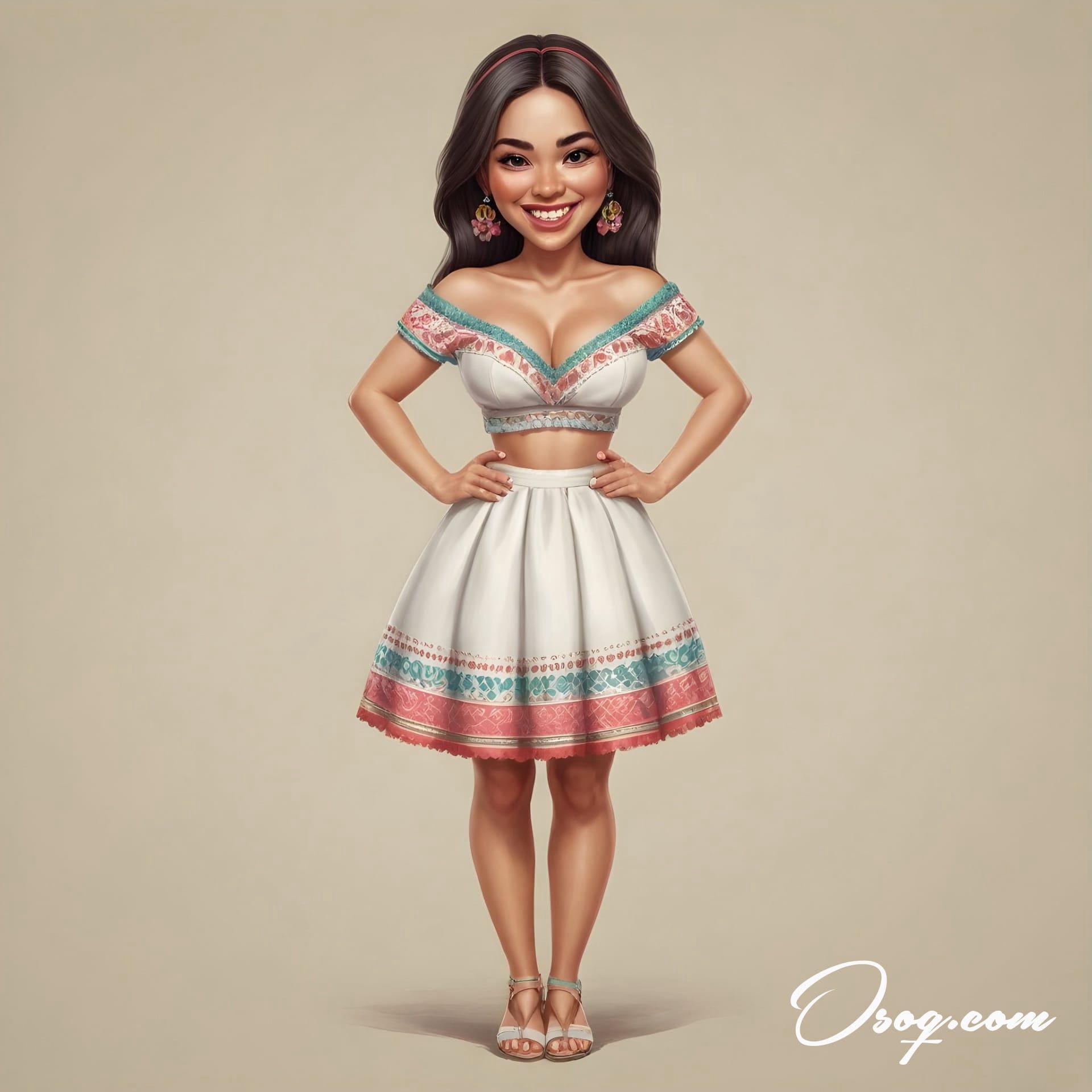
Mexican cartoon characters often embark on epic quests, drawing from the country's rich history of exploration and adventure. These narratives instill a sense of pride and curiosity about the past.

Inclusion and diversity are increasingly becoming a focus in Mexican cartoons, reflecting the country's wide range of cultural influences and the importance of representation in media.
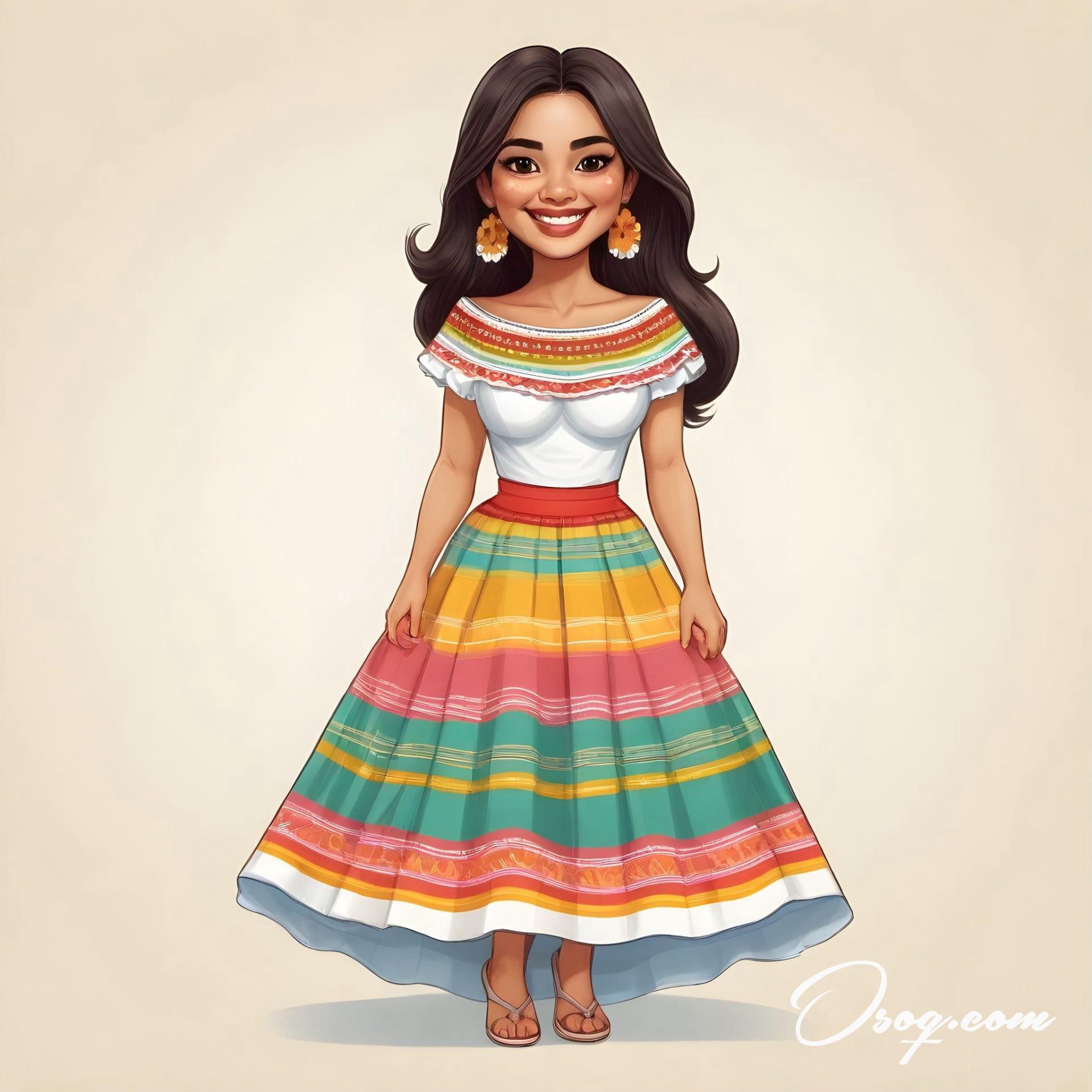
With the growing global popularity of Mexican cartoons, the art form continues to evolve, embracing new technologies and storytelling techniques while staying rooted in the rich cultural heritage of Mexico.


